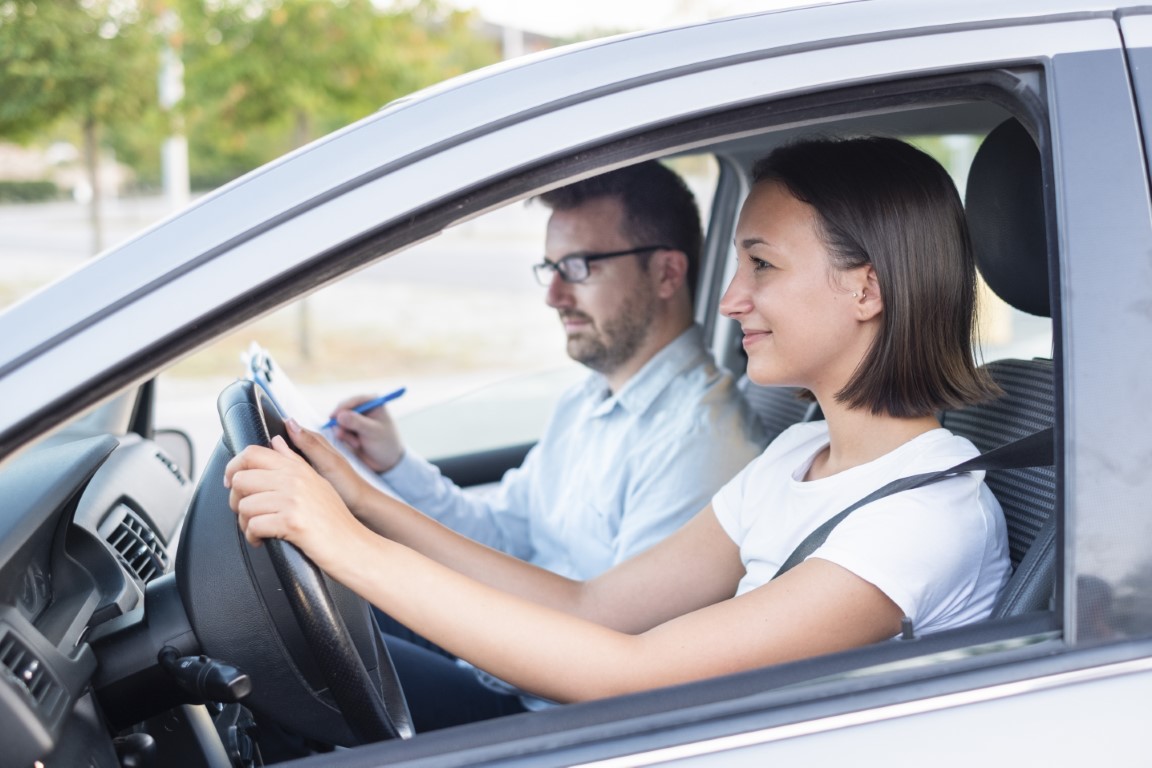
Edmonton and the case for Canadian speeding policy
By Jamal Al-Bayaa, Staff Writer
In Edmonton, speeding drivers are caught and subsequently ticketed through an extensive network of “photo radars” that measure speeds and capture licence plate numbers. Edmonton residents accuse the system of being nothing more than a cash grab, and they argue that the “corrupt politicians” who put the system in place are doing nothing but lining their pockets, while failing to make roads a safer place.
On a regular basis, calls can be heard for these systems to be scrapped. Editorials discuss how they’re not effective. Comments on Edmonton news websites become the battlegrounds on which angry commuters argue that the systems making them unable to speed actually makes the road a more dangerous place—as if excessive speeding wasn’t the cause of 27 per cent of fatal accidents in their neighboring province, BC.
As an outsider to the province, I see the culture of Alberta as it relates to driving. What I observe is that despite what people say, Edmonton residents know that they can’t speed, so they simply don’t.
The critics have one thing right, though. Photo radars, on their own, can’t make roads a safer place. Policing has to be involved, as well as human judgment. A computer program can’t yet detect unsafe left turns, reckless driving, or distracted driving. What photo radar systems can do—and what they are doing in Edmonton—is fund projects that effectively curb that kind of behaviour.
Edmonton raked in $48.5 million in revenue from the system in 2015. One hundred per cent of that went to traffic safety initiatives. As a result, Edmonton streets have become a safer place to drive and walk every year since the program’s inception in 2007, exactly opposite what critics say. Looking at the data, one can see that from 2007 until 2015, the total number of fatal and injurious collisions decreased by 27 per cent, even though the city increased in population by 16 per cent.
So let’s put an emergency brake on any argument that says photo radar isn’t effective at making the roads a safer place. It is. It just does so via indirect methods.
Somebody certainly needs to fund these programs though, and Councillor Andrew Knack points out that the best candidates are the drivers who contribute to making roads unsafe. Otherwise, you’d have to tax the transit-taking citizens, increase the premiums on car insurance, and appoint more money to roads than bike lanes and infrastructure development.
The system is effective. It makes money, it makes the roads safer, and it’s replicable. Why isn’t the BC government applying it? They put it in place once in 1996, yet it only lasted six years.
Why? Because voters in BC felt the same way that citizens in Edmonton do. So the Liberal party made removing the NDP’s photo radar system one of their top campaign promises, and proceeded to do so when they won the election. After seeing the success of throwing away logic for voters, all the major political parties now refuse to even consider the idea, lest they alienate their voter base. This is a system that BC needs to return to, now more than ever.
To start, the radar should be implemented in high-traffic and high-crash areas. Technology is needed to free police up for more pertinent matters. It’s that, or continue suffering through highway deaths, ICBC insurance hikes, annually increasing TransLink prices, and a lack of funding for the province’s major goals.

